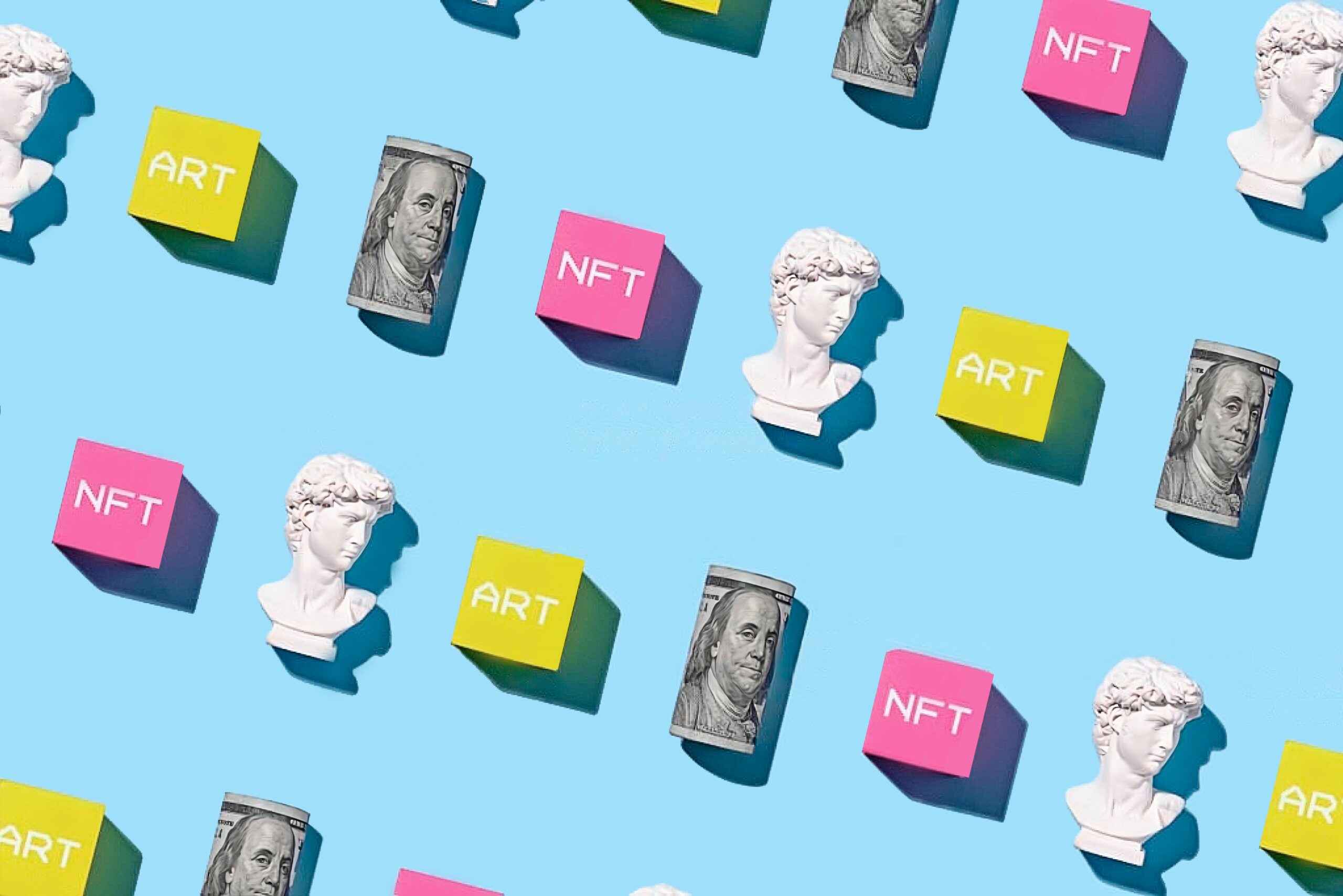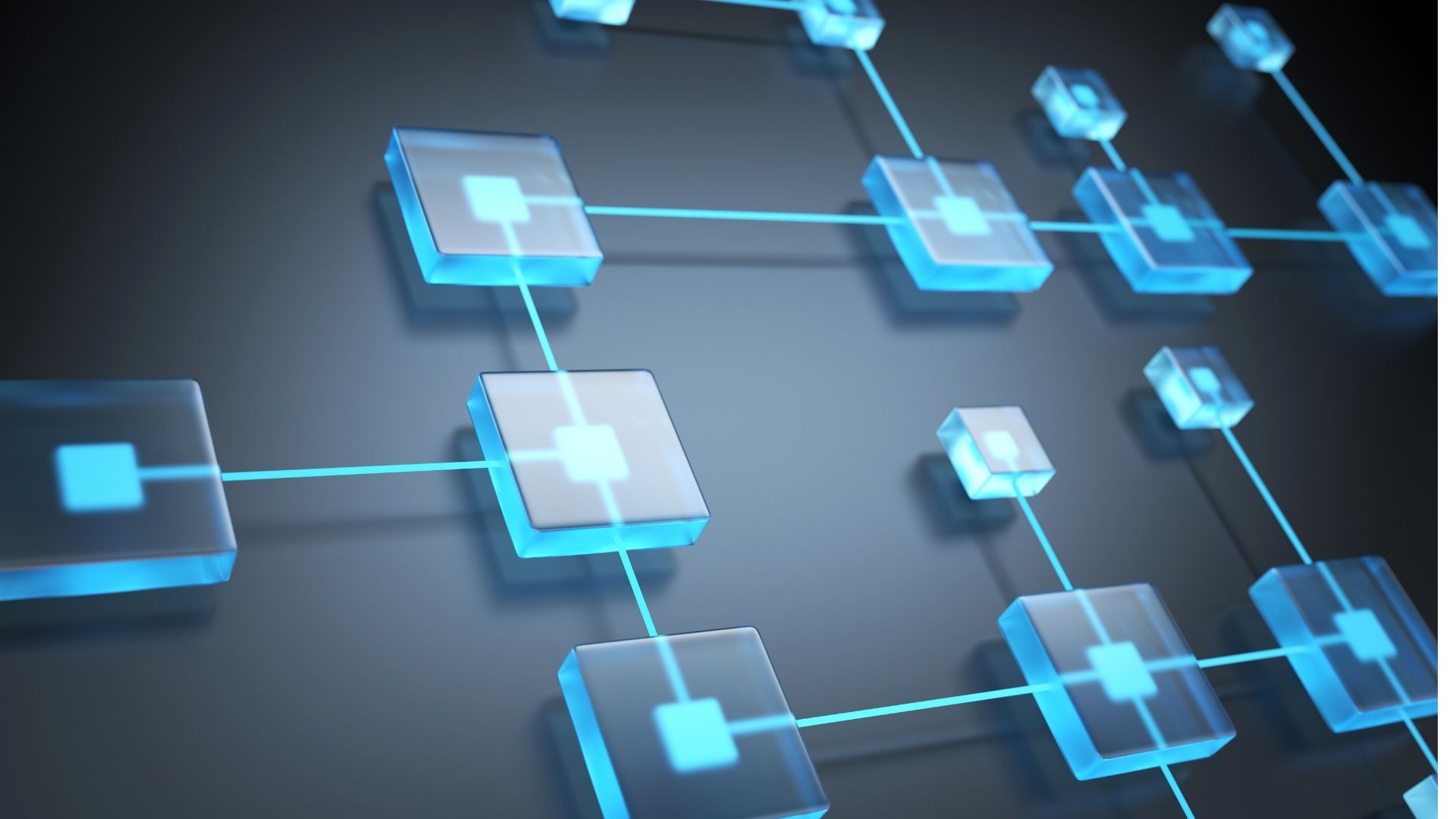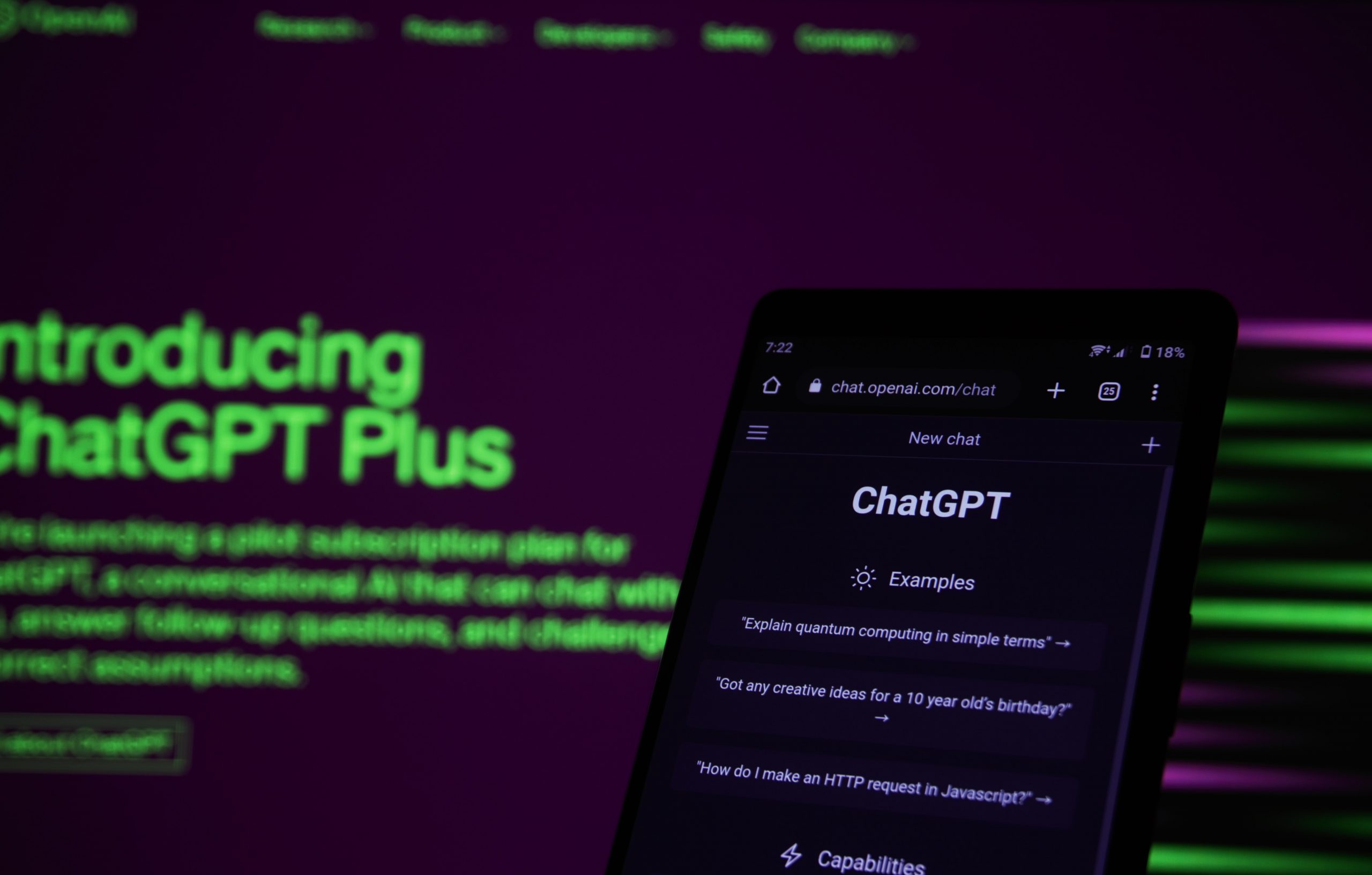You don’t have to be a crypto freak to admit – NFTs are with us for the long haul. And the constantly growing traffic on NFT platforms proves that the future is inseparable from global Web3 software development. The question is, how can you benefit from it?
NFT marketplace (non-fungible tokens) platform development is one of the possible options. Indeed, the demand for NFT website development is steadily increasing.
Our developers have experience in creating NFT products like OpenSea. We specialize in NFT marketplaces, decentralized apps (dApps), smart contracts, crypto trading platforms. For example, our Crypto Art App where creators can list their NFTs and collectors can buy their creations.
We are active participants in the Web3 community. We regularly engage in Blockchain conferences so we know the most current market trends. Our team even created its own NFT collection.
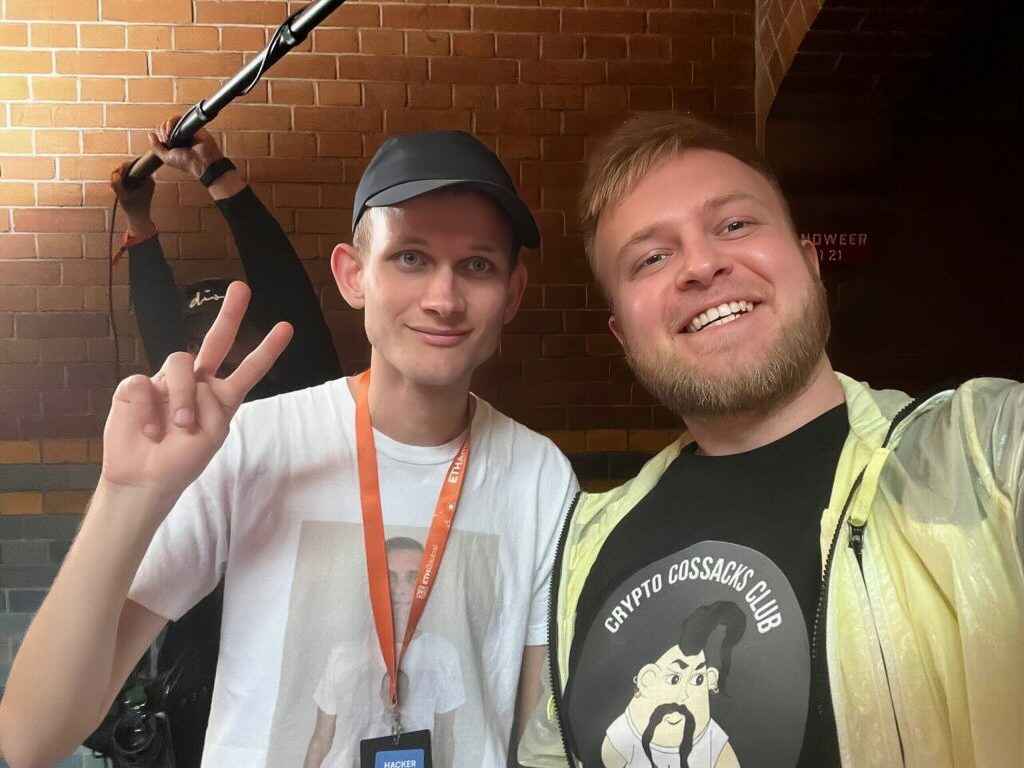
Our experts will gladly share their skills so you can design your own cost-effective platform. So how to create an NFT marketplace from scratch? Let’s figure it out.
NFT Marketplace Architecture: Under the Hood
Before creating your own NFT marketplace, let’s sort out how it works. NFT marketplace is like an online store for storing and trading non-fungible tokens. But the items there do not necessarily have a fixed price; they can be sold at an auction.
The most popular such platforms are Rarible, OpenSea, Superfarm, Mintable and Atomic Market. To conduct transactions on such websites, the client needs to register on the platform and have his crypto wallet for storing cryptocurrency.
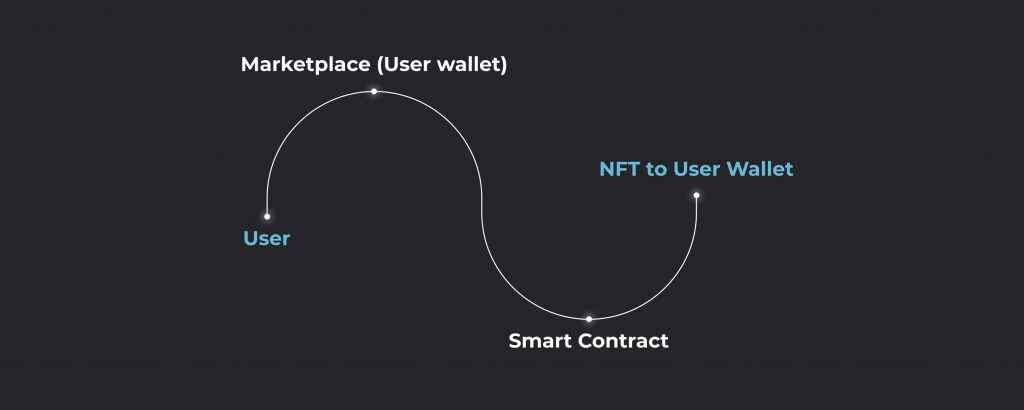
NFTs are generated through smart contracts. Each token has a set of unique metadata. A smart contract stores this information – the name of the object, its number, rarity, etc.
A smart contract also regulates the relationship between the seller and the buyer. In fact, it is a program code. All transaction terms are entered into the blockchain with the help of a smart contract.
NFT Marketplace Core Features
Each NFT website has its basic functionality. We have highlighted the main features required for NFT marketplace development.
Storefront
This is the face of the product. The storefront contains information about the NFT’s name, its value, trading history, previous owners, etc.
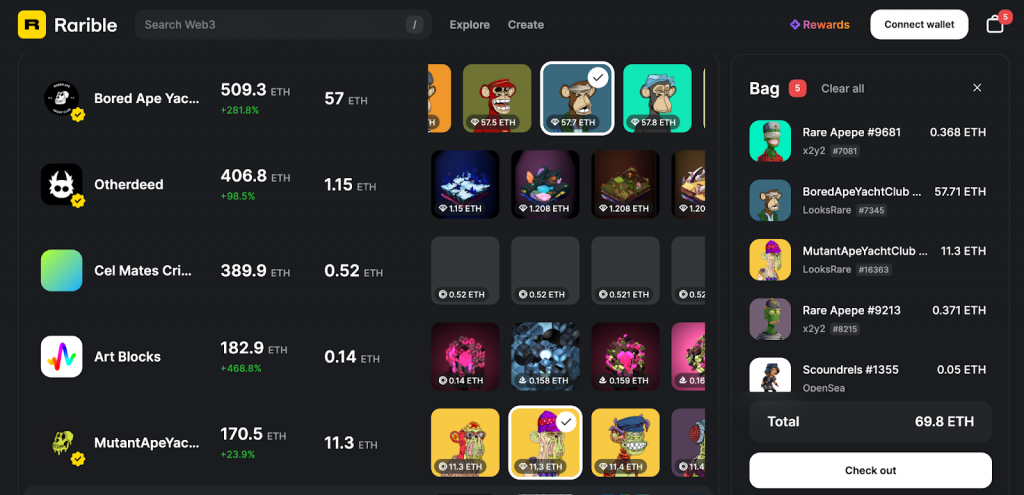
Wallet
By visiting your platform, the user should be able to link their crypto wallet easily. These wallets have storage, sending and receiving functions.
You can integrate the most popular wallets on the market, for example, MetaMask, Coinbase, Glow, Phantom, Formatic.
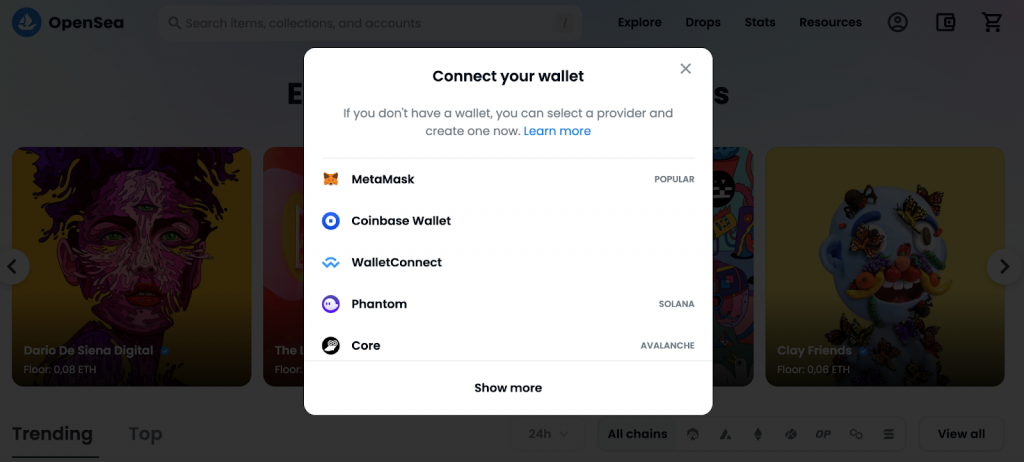
Search
The user should easily find items on the website. This requires a search function. You can categorize all NTFs for easier searching.

Filters
Do you want to reduce the visitor’s decision time on a website and speed up the purchase? Add handy filters like Highest Price and Lowest Price, Popular, Recently Listed. Precise search filters will help smooth the buying process.
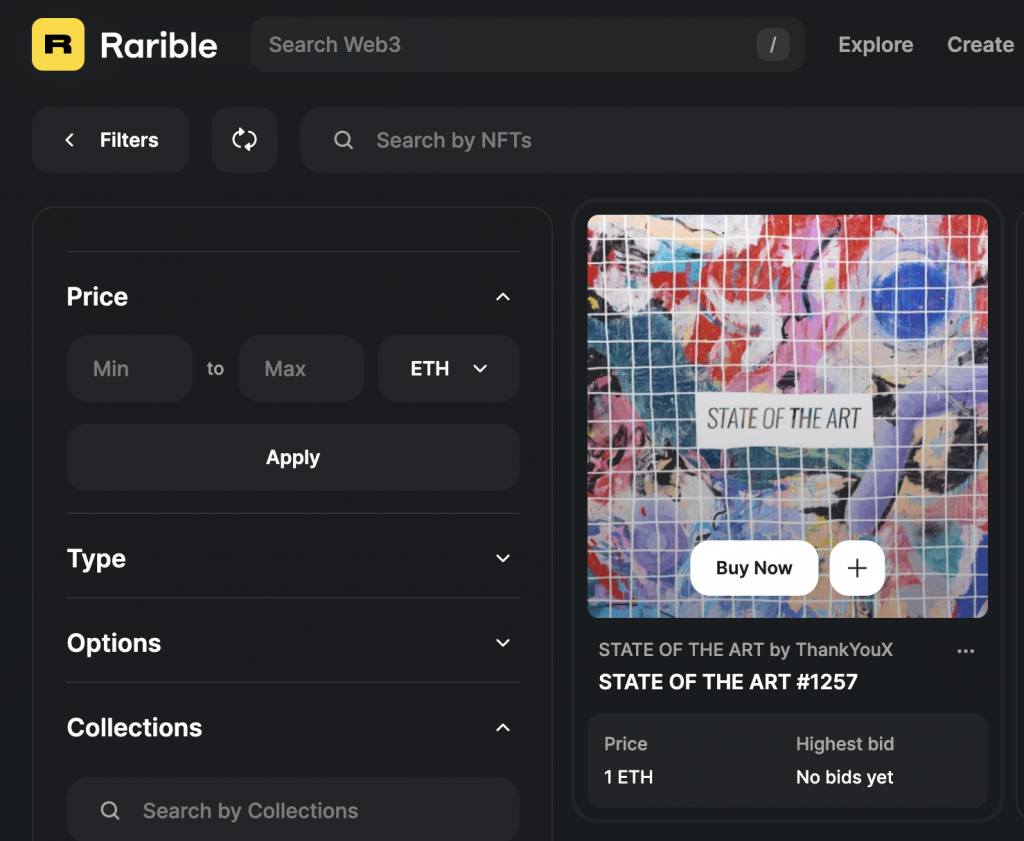
Create listings
This function is required to create a collection. The user must quickly upload the files and add all the information – title, description, and tags. Better to provide a step-by-step guide.
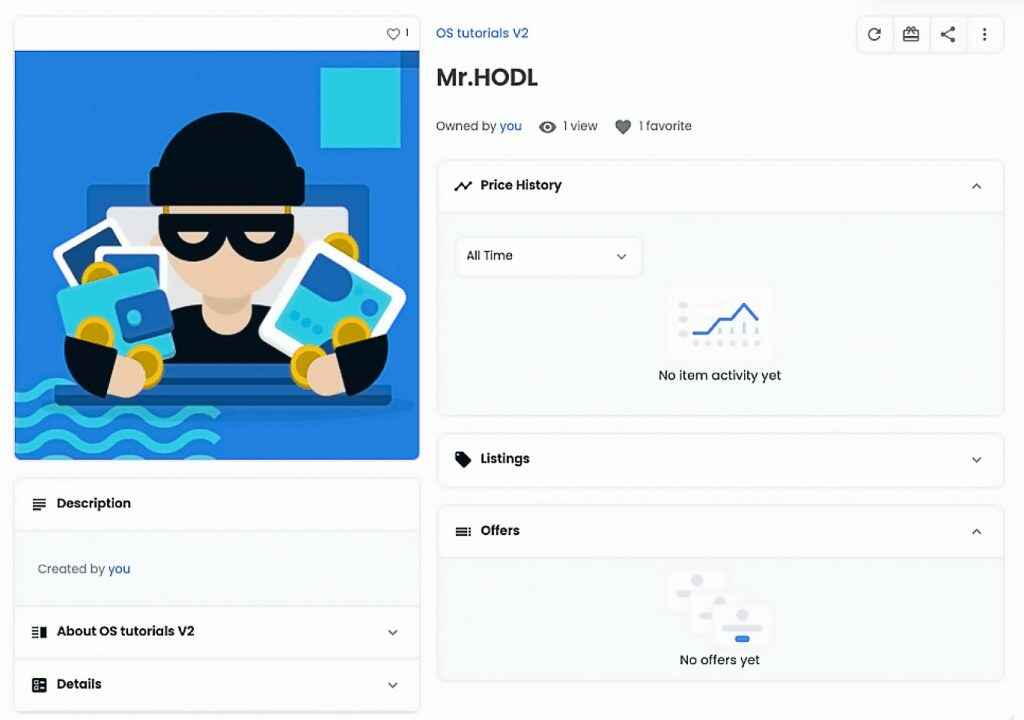
Bidding
Remember to set up an auction system on your platform. This will allow you to bet on NFTs and buy them later. It is also essential to easily track the current status of the trades and the expiration date.
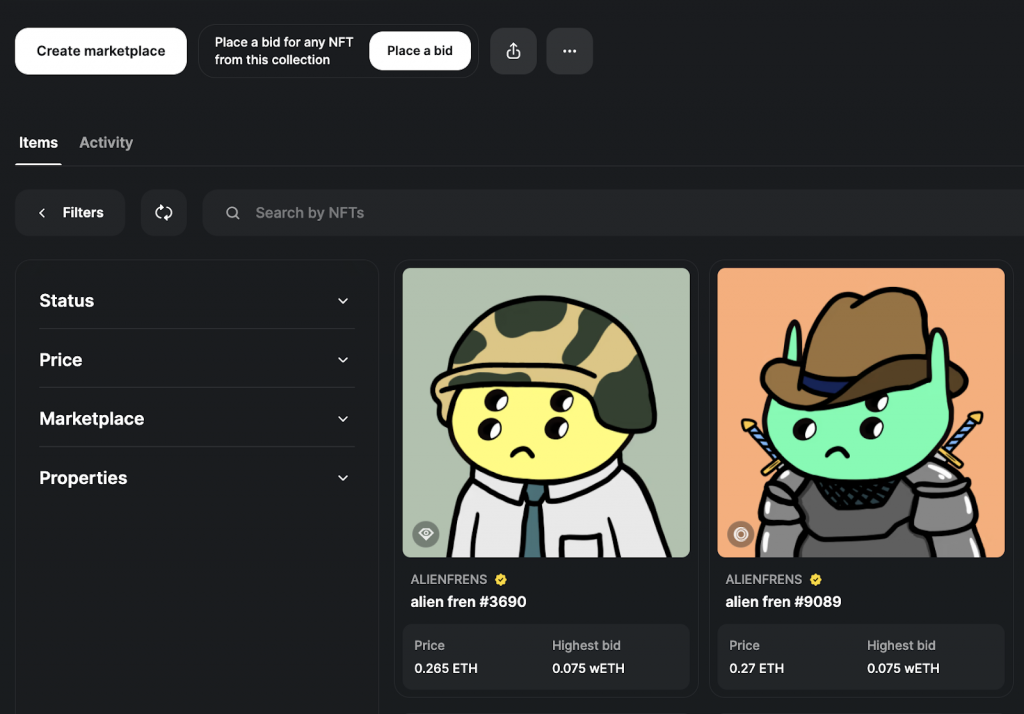
NFT Marketplace Additional Features
Besides the main functions, you must consider additional options that will make working on your platform more convenient. Here are some possibilities.
Reviews and ratings
You can add simple like/dislike rating functions or make it possible to rate from 1 to 10. In addition, add the ability to leave reviews after the user registers on the website.
Trading history
It is easier for a visitor to make a purchase decision if he sees that a lot of transactions were carried out on the platform; this creates the impression that this resource is reliable. The trading history feature can contain information about trading dates, names and prices of lots, and information about buyers and sellers.
Support
To keep visitors’ loyalty, you have to resolve emerging issues quickly. The communication button should provide access to support in a couple of clicks. The most accessible option is a chatbot.
Of course, these are only some feature types you can add to your website. Turning to a professional team with expertise in NFT marketplace design for help, you will receive a personalized scope of functionality.
NFT Marketplace Development Process
Discovery phase
The first thing you should start with is to decide on the theme of your platform. For example, you have an art auction, or specialize in game assets. Or you managed to find your own unique niche.
Choose the blockchain that you will use to build your marketplace. The most popular choice is Ethereum.
You must also answer the question, who is your target audience? And what is your advantage over competitors?
Then you should create the development plan, estimate the time you will need, and calculate your budget. The development plan helps set clear business goals and reduce risks in the early stages.
Probably you’ll need some professional consultancy on effective MVP product engineering. A tailored product engineering advisory will help you start the development smoothly.
UX/UI
Modeling the UX/UI for the platform. Easy navigation and a user-friendly interface create the first impression of your marketplace. You definitely don’t need creativity for the sake of creativity. Refrain from overloading the website with too much information; it should be simple and easy to use. Buying NFT at your site should be as easy as ordering boots from an online store.
Engineering
The next step is the engineering of the NFT marketplace platform. Web3 development is always a mix of Web3 technologies and Web2 technologies. This is an example of the technological stack used to develop the NFT marketplace.
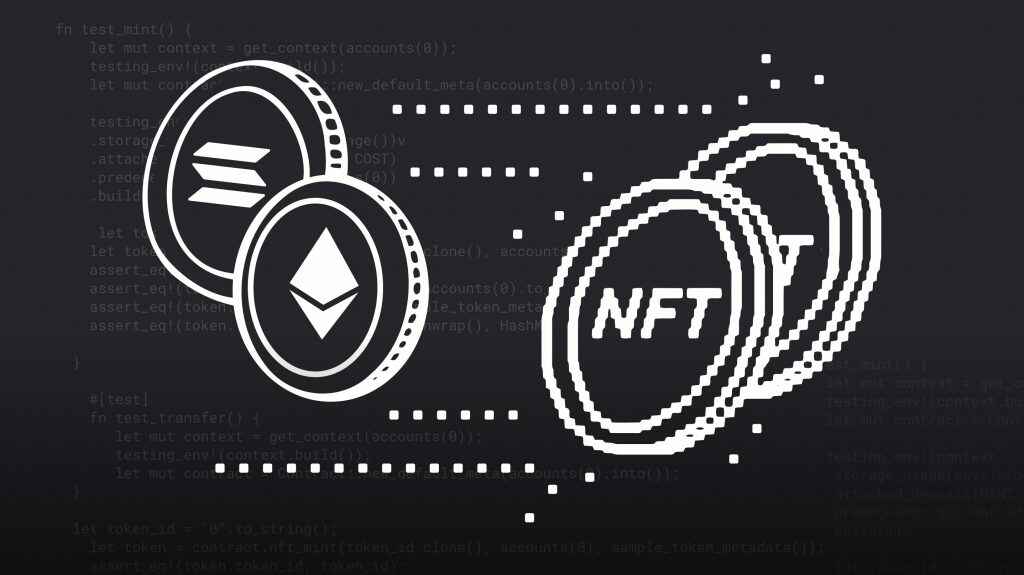
Blockchain engineering
- Blockchain: Ethereum
- Token Standard: ERC721, ERC1155
- Language: Solidity
- Tooling: Brownie, Hardhat, Ganache
Engineering
Backend:
- Programming languages: Python
- Frameworks: Django, Flask, FastAPI, Serverless
- Databases: PostgreSQL, MongoDB, DynamoDB, Elasticsearch
- Cache: Redis, Memcached
- DevOps: AWS, Docker, Terraform, Gitlab CI, Github Actions, AWS Lambda etc
Frontend:
- Programming languages: JavaScript, TypeScript
- Frameworks: React.js, Next.js, Vue.js, Angular
- Libraries: Redux, Mobx, Webpack
- Styling: CSS, SCSS, CSS in JS
Smart Contract
Creating and implementing smart contract is one of the most critical aspects. If you need to gain experience building it, involve a professional in this process because it is essential to consider all regulatory requirements.
Testing
You must conduct сode quality assurance. Testing is carried out in several stages to ensure the code is consistent, reliable, and maintainable.
Launch and support
Launching the NFT platform is the final stage of the marketplace development. Then you should provide the ongoing maintenance. You must constantly adapt the website to users’ needs and fix unexpected bugs. Therefore, the best option would be if the developers provide you with support packages for all the possible cases.
Ready-made Solutions vs. Custom NFT Marketplace Development
The NFT marketplace development process can be built in 2 possible ways. The first option is to use a ready-made software development kit. For example, such a solution is presented by OpenSea. This is a good starting point. But it is a boilerplate and cannot meet your specific requirement.
When you are required to create a custom solution for your business, you need the help of an experienced software company. The advantage of this option is that you can easily scale your website at any stage. You can also add any unique features to the platform unavailable on other sites.
Another critical aspect of software development for a professional company is the reliable protection of sensitive information.
How can we help with NFT marketplace development?
The WeSoftYou team has a background in building user-friendly NFT marketplace platforms.
To share our experience, we want to discuss one of our recent projects with you. It’s an NFT Crypto Art App – Creato Ranch.
Creato Ranch is the first and only platform to combine an NFT marketplace with a social network in one mobile app built specifically for creators, curators, and collectors.
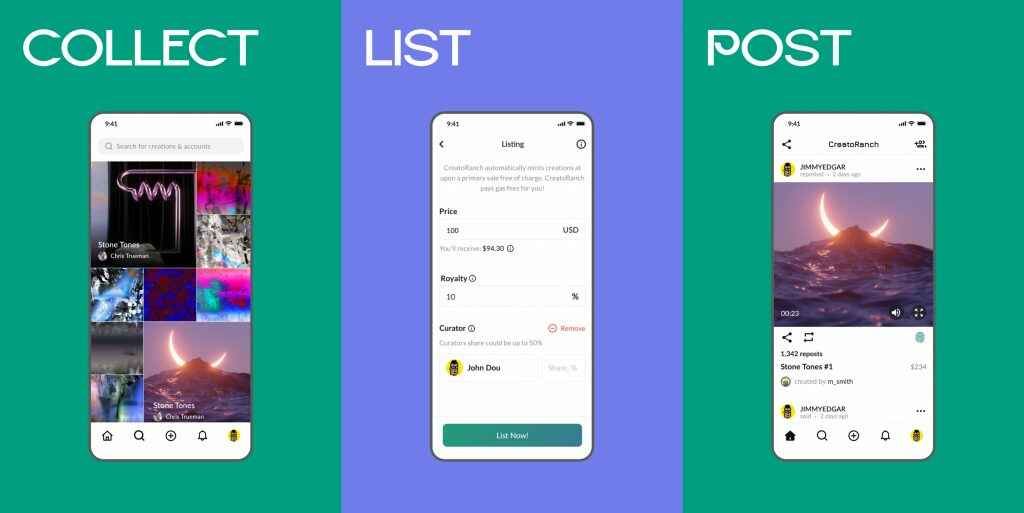
App is open to all
Creato Ranchan is an easy-to-use app so that anyone familiar with social media quickly understands how to navigate, post, create lists, and transact with a simple entry point.
We develop a product with a user-centric approach.There are no gatekeepers deciding who is a creator and what is a creation. The community decides.
CreatoRanch is easy-to-use, and anyone familiar with social media will quickly understand how to navigate, post, list creations, and transact. There is no need to understand cryptocurrency technologies or hold digital wallets because transactions can proceed in U.S. dollars.
Results
After 8 weeks of work, we’ve released the product MVP after completing several fundamental stages of the creation process: research, ideation, prototyping, testing, and development.
- Has been released on App Store and Play Market
- 400+ active users in two months since the release
- The App has been presented on NFT.NYC conference
- The app supports both USD and cryptocurrency payments
Technology stack
React Native, Typescript, MobX, React Navigation, Firebase (Auth, FCM, Dynamic Links), Stripe, integration with crypto wallets
Key Features
Creators post their creations-art, music, photography, video, anything-and their followers repost them. This is how creations proliferate across the App network and how creators expand their digital reach.
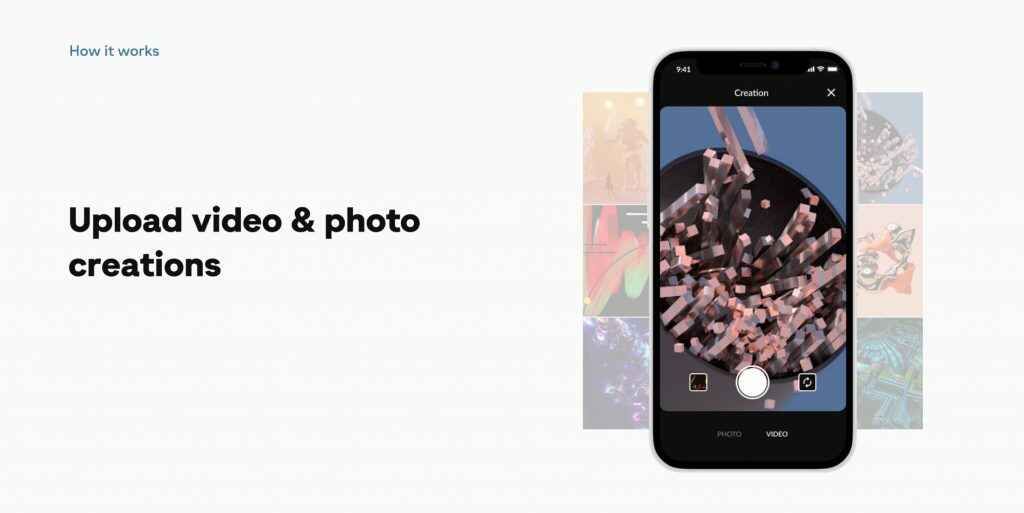
Creators list their creations for sale for as little as $1 and specify a royalty they would like to collect with each subsequent deal. Collectors buy pieces using US dollars without needing digital wallets. Then each time a creation resells, its creator receives the specified royalty-automatically!
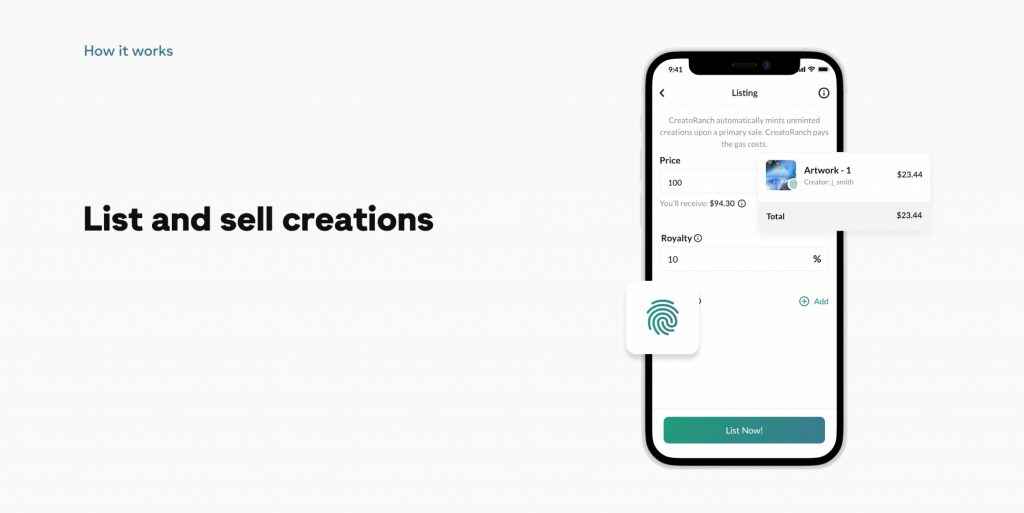
Galleries and curators cultivate relationships with creators and expand their digital reach across the CreatoRanch network. Creators can share sale proceeds with any gallery or curator they work with. It’s easy: A creator specifies the percentage a curator will receive on a primary sale and CreatoRanch credits them once again, automatically.
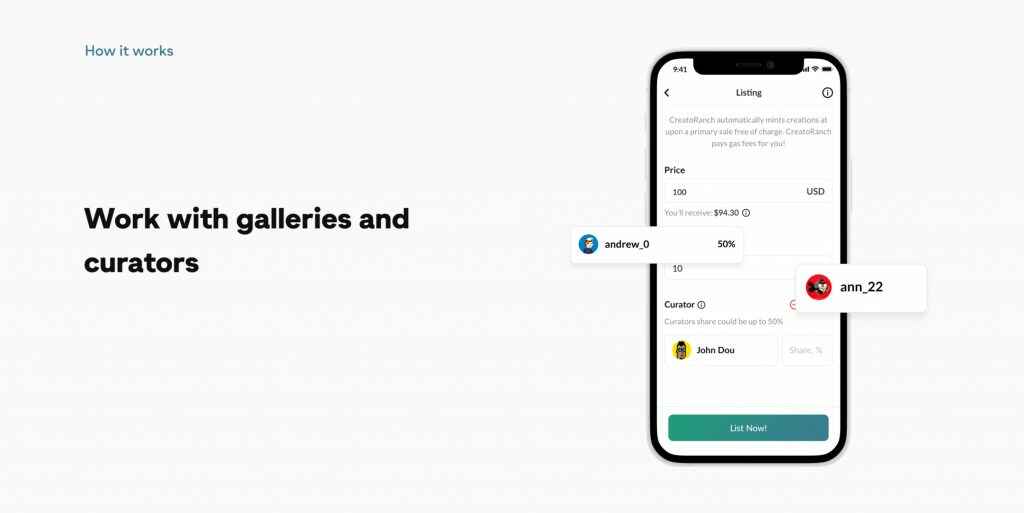
Collectors acquire and sell creations they bought by re-listing. Collectors establish and expand their digital reach. It’s easy, and so they can transact frequently. The app charges just 2.5% per secondary market transaction plus mandatory card fees.
To get more information about the project click the case study.
Findings
To summarize, a quality NFT marketplace is a page that is as easy for a visitor to use as a regular online store. But not all developers have the expertise to create a user-friendly platform.
Another important chant is the individuality of the marketplace.If you want to invest in NFT marketplace software development, you should keep in mind that a project created as a blueprint will only attract a small flow of visitors. You need to find your uniqueness and highlight it.
WeSoftYou has a custom development approach and will gladly help you create a platform that meets all your needs.
FAQ
If you need a blockchain-based platform for your business, then you have come to the right place. WSU specialists can develop a web platform and a blockchain application of any complexity. We’ll provide you with consulting, development, and maintenance. Let’s turn your blockchain ideas into a product.
WeSoftYou team developed the CreatoRanch NFT marketplace where creators can list their NFTs and collectors can buy their creations. We can develop for you both gaming and art auction NFT platforms with individual functionality.
A typical NFT exchange platform development runs for 4-6 months from the discovery phase to the launch. The exact timing depends on the needs of your business and the set of product features.

